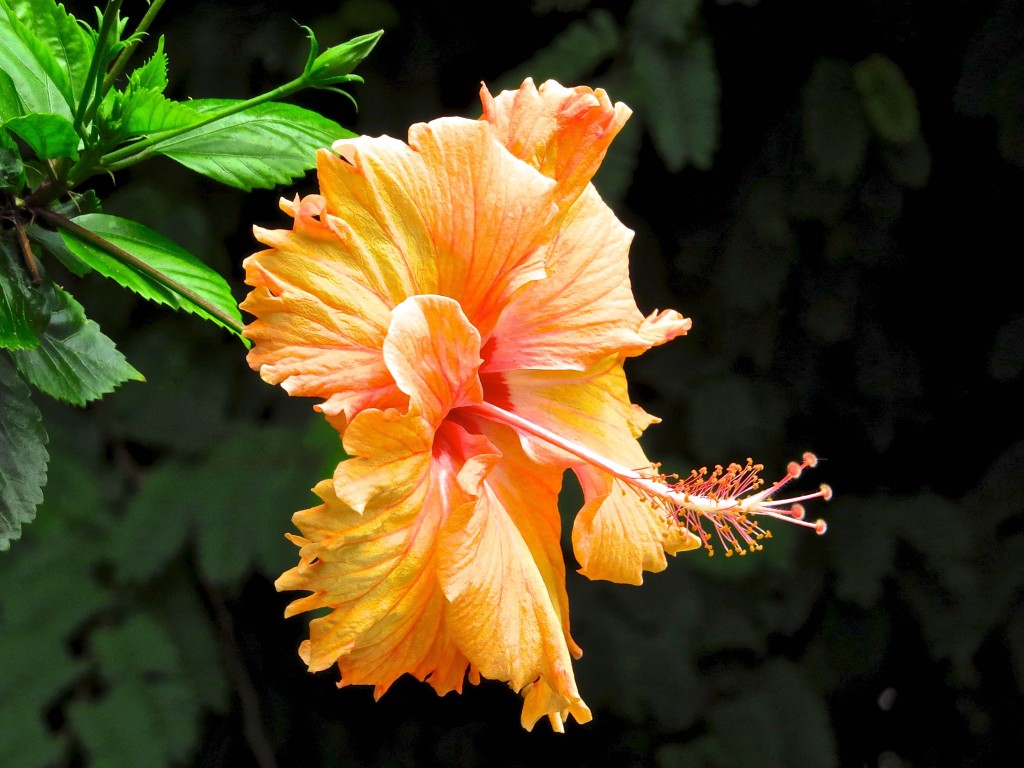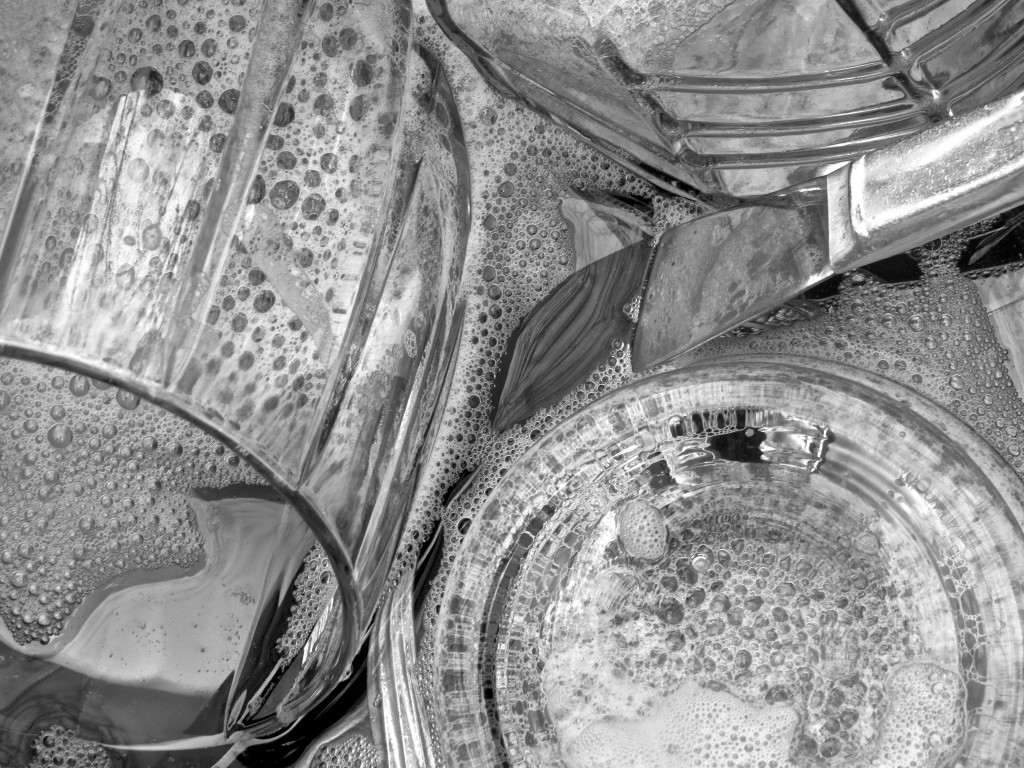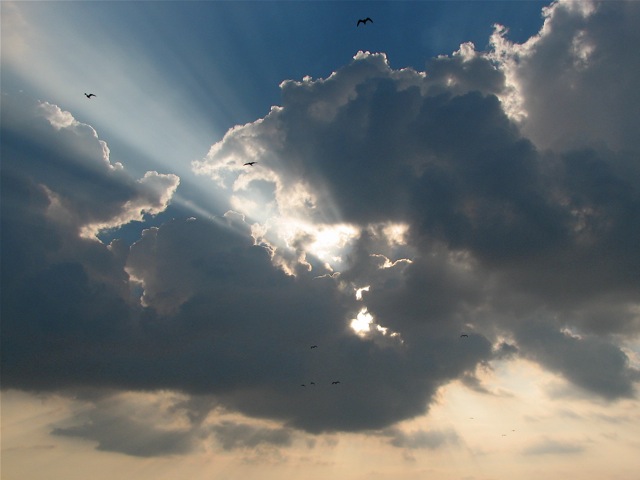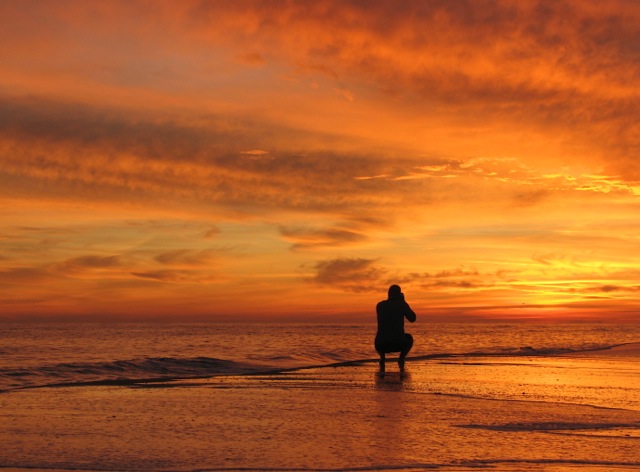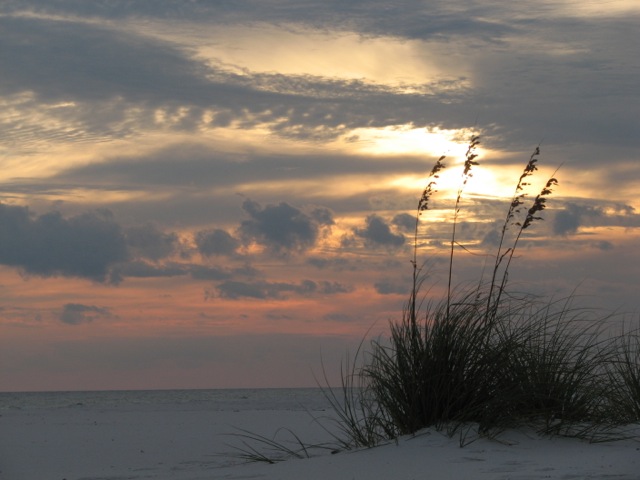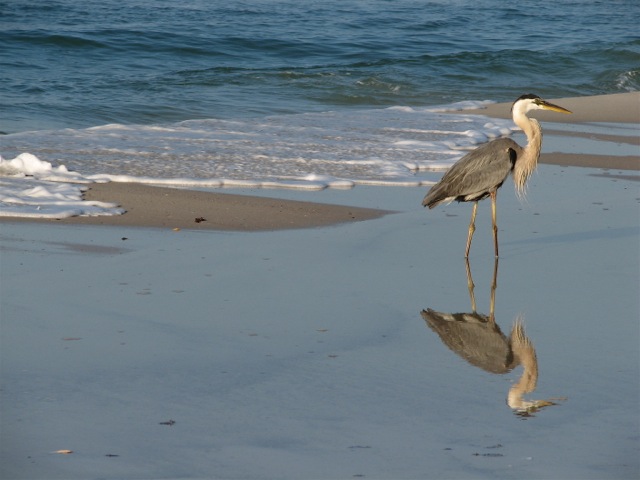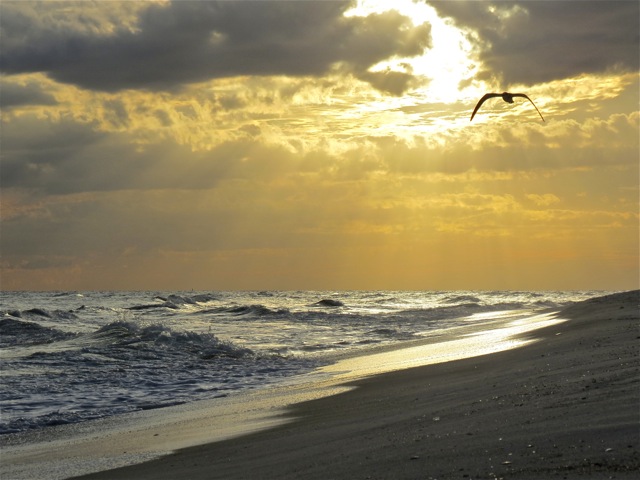Self is, ultimately, a mask, — no more than the mental concept we have of who and what we believe ourselves to be. Selflessness, in its mystical sense, is the label we give to the experience that arises when we no longer take the concept at face value. Once we recognize that we are not what we think we are—that we do not, in any conventional sense, exist—the world is transformed. The walls of separation come down, and the elaborate stratagems we once needed for self-defense are no longer necessary: there is no longer a self to defend. In the faces of others we see a reflection of our own being, and we begin to recognize a profound oneness with the rest of life. As this truth takes root in our awareness, the fear of death itself begins to fade, and nothing in our world remains the same. We see with new eyes.
Our daily experience as individuals is so concrete and seemingly undeniable in its reality that the idea of selflessness is very difficult to grasp or hold. It can seem unfathomable, even absurd, from the perspective of the everyday. Perhaps the metaphors offered below will reveal new ways to imagine this timeless conundrum.
Ticking Watch Listen to your watch tick for a moment. Now imagine trying to isolate the tick that you hear. If you took the watch apart one piece at a time, you would never find it, because the tick by itself does not exist. It is created by the interaction between the different elements of the watch. When the mechanism is disassembled, the tick disappears. Something similar happens when scientists look for the illusory self in the body or mind. Neuroscientists, biologists, physiologists, and psychologists have systematically examined and dissected the psychophysical organism for over a hundred years and have never been able to locate a self or a quantifiable source of consciousness. There is no scientific evidence to refute the mystical realization that the body and mind operate without any apparent direction. As the tick in the watch disappears when the timepiece is disassembled, the self cannot be found when the non-self parts are scrutinized one by one.
Hurricanes At certain times of the year, the hurricane and typhoon seasons begin in the oceans of the world. Weather forecasters watch for disturbances in water and air; when a storm system gains enough size and strength and definition, the forecasters give it a name, chart its progress, predict its path, and issue warnings. Then, just as quickly, the storm fades from the radar. Like the self, storms are processes devoid of any fixed or inherent entity. When the elements necessary for their arising coalesce, they appear to exist, and as those same causes and conditions drop away, the appearance dissolves.
Wavicle New Physicists coined the term wavicle to convey the fact that subatomic objects exhibit two very different properties, that of a “wave” and that of a “particle.” Since it was impossible to observe both properties at the same time, the off-and-on existence of an object proved to be dependent on the apparatus chosen for the experiment. In other words, it was the way the observer chose to measure it that determined what he or she saw. If the observer used one instrument to determine its location, the object appeared as a particle; if the observer chose a different instrument to calculate its speed, it behaved like a wave. This wave/particle phenomenon offers an interesting analogy for the nature of selflessness: the particle is like the self that exists in duality, while the wave represents nonduality, where no separate entity is “seen.” Just as the apparatus of observation determined whether an observer saw the wave or the particle, it is our apparatus of perception—our use of concepts to package what we experience—that reveals a world filled with “particles,” or separate entities, and most importantly the self. When we use intuition and insight to replace our dependence on thought, we can see the wave: we can awaken to an extraordinarily different reality, a world without boundaries. And in both cases, consciousness is key in determining what we experience. There is no preexisting reality “out there,” independent of the participant observer.

